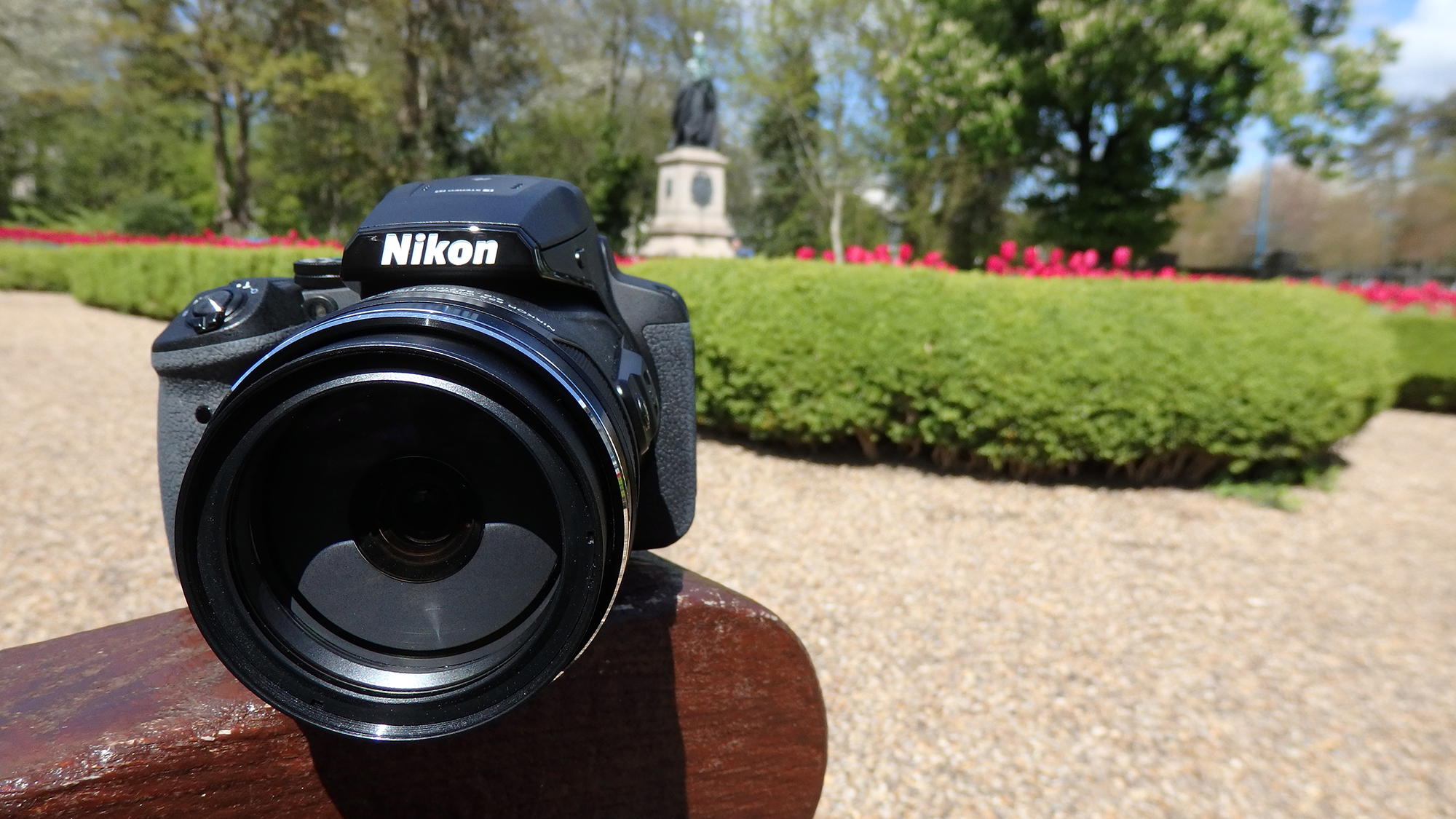Why you can trust TechRadar
Photos are rich and vibrant straight from the camera. While you can't shoot raw images for maximum editing flexibility, you can give your images a different look in camera using the four Picture Control options. The Standard setting is fine for the majority of situations, while you can use Vivid to boost saturation a little - this should be used with care, though, as it can lead to slightly cyan skies in landscapes, for instance.
There is a Monochrome mode too, but as there's no way to revert to a full colour image if you change your mind later, you need to be sure you want a black and white image before using it.
You can also change the look of your images more dramatically by using the Effects mode, where you'll find filter effects such as Cross Process and High-Contrast mono – but again it's worth remembering that you'll be stuck with whichever option you choose.

Click here for a full size version.
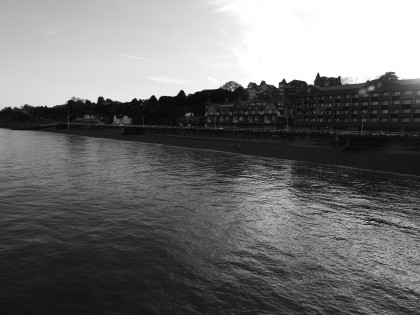
Click here for a full size version.

Click here for a full size version.
At lower ISO settings, the overall impression of detail is very good - especially when viewing images at normal print or web sizes (A4 or below). However, if you examine images at 100%, it's possible to see detail smoothing in some parts of the image even as low as ISO 400. Moving up through the ISO range, this smoothing becomes more apparent at ISO 800-1600 at A4 or smaller.
Although it's possible to shoot at ISO 6400, this isn't recommended unless the light levels are very poor and you absolutely have to get the shot. Ideally, going no higher than ISO 1600 will give the best quality images from this camera in low light.
In our labs tests, the P900 delivers similar performance to the P610, which is unsurprising given that they share the same sensor. Our labs test show that the P900 resolves slightly more detail than the P610.
At the lower end of the ISO range, the P900 is also very closely matched with the Canon SX60, but the P900 performs better at ISO 800 and above. When it comes to dynamic range it's hard to separate the P900 and the Canon SX60, as both put in a very similar performance across the ISO range.
Read: Nikon P610 review, Canon SX60 HS review
The 83x optical zoom is the headline feature of this camera, so we were particularly interested to see how it performed. Engaging the camera's image stabilisation certainly helps to keep shots blur free, and it's useful even in good lighting. It's also helpful when you're composing shots – if you're photographing something in the distance, even the slightest movement can cause you to lose track of the subject, but image stabilisation keeps the viewfinder image steady.

Click here for a full size version.
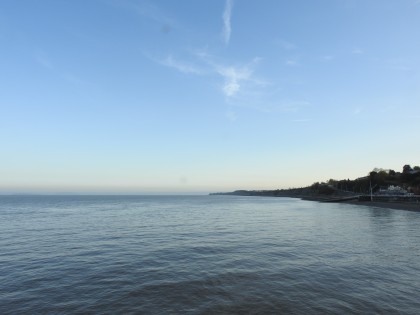
Here we can see just how impressive that zoom range is. The first image is shot at the wide-angle (24mm) setting. Click here for a full size version.

This was taken at the maximum optical zoom setting (2000mm). These trees aren't even visible in the wide-angle shot. The effects of atmospheric haze are obvious, but details look softened too. Click here for a full size version.
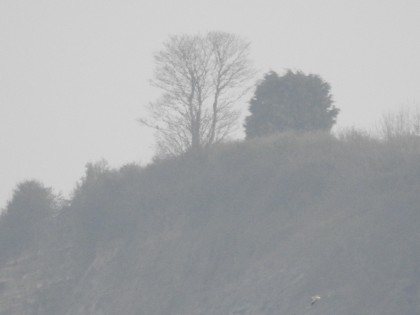
This is the same shot, but with the 2x digital zoom (4000mm equivalent). The quality is clearly affected. Click here for a full size version.
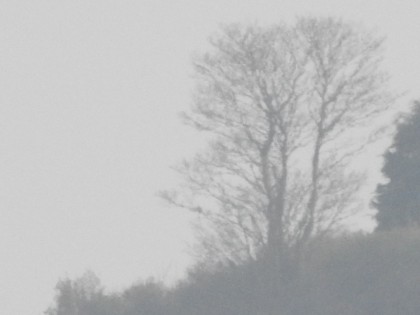
This is with the 4x digital zoom (8000mm) and the quality is very poor. Click here for a full size version.
Images taken at the longest optical zoom setting display a reasonable amount of detail, and for those occasions when you need even more reach, shots taken using the digital zoom are also usable at small print and web sizes – but the 83x optical zoom offers such a high magnification that you may never need the digital zoom.
Click here for a full size version.
The P900 also performs well at shorter focal lengths. At normal viewing sizes, the overall impression of detail is good throughout the zoom range. If you examine your photos at 100% though, images taken at further reaches of the zoom range are softer than at the wide-angle end. It's also worth pointing out that it's only at the very widest focal length can you use the maximum f/2.8 aperture setting: as soon as you zoom a little, the maximum available aperture decreases.
The camera's all-purpose metering setting usually produces accurate exposures, but there are times when a little positive exposure compensation will enable you to capture a more balanced exposure, such as when the scene is a little dull or overcast, or if there are large areas of high contrast.
The auto white balance setting performs well, with excellent colour rendition even under artificial lighting. Alternatively, there are several white balance presets to choose from, but it's likely you won't need to use them all that often.

Click here for a full size version.
Autofocusing speeds are good in bright light, as we tend to find with most compact cameras. In lower light the speeds drop a little, but only if conditions becomes very dark will the camera struggle to focus. Achieving focus at the far telephoto end of the lens takes longer than when shooting at the wide-angle end, but that's not uncommon.
Not all aspects of the P900's operations are as fast – for instance, the playback can take a second or two to respond, leaving you wondering if it's working at all. On the plus side, making your way through menus is generally quick and intuitive.
Current page: Performance
Prev Page Build and Handling Next Page Lab tests: Nikon P900 vs its rivalsAmy has been writing about cameras, photography and associated tech since 2009. Amy was once part of the photography testing team for Future Publishing working across TechRadar, Digital Camera, PhotoPlus, N Photo and Photography Week. For her photography, she has won awards and has been exhibited. She often partakes in unusual projects - including one intense year where she used a different camera every single day. Amy is currently the Features Editor at Amateur Photographer magazine, and in her increasingly little spare time works across a number of high-profile publications including Wired, Stuff, Digital Camera World, Expert Reviews, and just a little off-tangent, PetsRadar.
